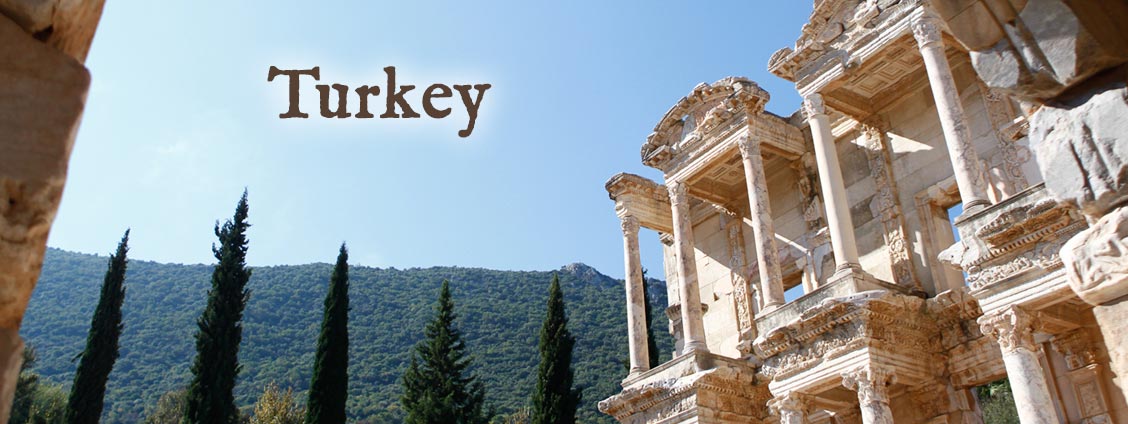Israel Study Tour - Cornerstone
January 2-12, 2017
Subscription options are no longer available for this tour.
Help support our friends in Israel in their time of need.
Act justly, love mercy, walk humbly.
In a dry and thirsty land, the oasis of Ein Gedi is a welcomed site to the weary wanderer. Ein Gedi (lit. "springs of the little wild goat") is a beautiful canyon carved out of the huge cliffs that border the western shore of the Dead Sea. The natural home of wild ibexes, its cliffside caves also housed David at a time during his flee from King Saul's maddening, decade-long pursuit. And what a place to find refuge! Constant, refreshing streams of mountain water find their way here. For the weary and thirsty soul, this is living water -- The Living Water. And compared to the runoff water found in cisterns, this clean water refreshes both the body and the soul. It brings to life the passage from Jeremiah 2:12-13. God calls us to drink from the source of life - His Word, not broken cisterns that we dig in our own strength. Visiting Ein Gedi illustrates this with eye-opening appeal. In a dry and weary land were water is a real daily need, this spring water is a true gift from God. May we never forsake our Source of life.
--Matt Williams
Ein Gedi
En Gedi is the largest oasis along the western shore of the Dead Sea. The springs here have allowed nearly continuous inhabitation of the site since the Chalcolithic period. The area was allotted to the tribe of Judah, and was famous in the time of Solomon (Josh 15:62). Today the Israeli kibbutz of En Gedi sits along the southern bank of the Nahal Arugot.
Qumran is the site of the massive discovery of what we know to be the Dead Sea Scrolls, as well as the site of the ruins of the homes of the sect of the Essenes. It's a place of joy for myself as I'm able to celebrate the findings that have benefitted me in numerous ways, but also a place for learning as I consider the ways and thoughts of the Essenes. The Essenes, though strict in some seemingly unnecessary ways, are a sect full of longing, groaning for the fullness of the justice that comes with the Messiah. As a follower of Christ, the ways in which this sect pined after and prepared themselves for this coming is something that I think all of us should take to heart as a call to act justly in a culture that offends justice, love mercy in a culture that is desperate for empathy, walk humbly in a culture that promotes pride, and be with our God wholeheartedly.
--Alexiana Fry
Qumran
10 miles south of Jericho, Qumran was on a “dead-end street” and provided a perfect location for the isolationist sect of the Essenes to live.
The site was excavated by Catholic priest Roland deVaux from 1953-56. More recent excavations of the site have taken place under the direction of Hanan Eshel.
After Qumran, we drove north along the Israel/Jordan border, then northwest to Bet-She'an. Situated next to the Herod Valley and Jordan River, Bet-She'an was a popular trade center and strategic military location for many centuries.
On top of the hill are the remains of a late Bronze Age site with complicated ethnic origins. It has features of both Egyptian and Canaanite culture because the people who lived there were a blend of both. These were the people that the Israelites would have encountered as they crossed the Jordan River from the east.
Built at the foot of the hill is the 2nd-century Roman city of Scythopolis, which contained bath houses, a central monument, a market, a temple, a bridge, a theater, and even a sewer system. Outside the city center was an amphitheater where some of the early Christians were executed. The city was mostly destroyed by an earthquake in 749 AD.
It’s interesting how advanced cities such as Scythopolis were. They were just as dependent on their technology - paved streets, solid architecture, sewer systems - as we are, yet it all came crashing down in a single earthquake. Our way of life can be just as fragile, and we must not forget that lest we see our entire world crashing down around us just as the inhabitants of 8th-century Scythopolis did.
--Anna English
Beth Shean
Located 17 miles (27 km) south of the Sea of Galilee, Beth Shean is situated at the strategic junction of the Harod and Jordan Valleys. The fertility of the land and the abundance of water led the Jewish sages to say, “If the Garden of Eden is in the land of Israel, then its gate is Beth Shean.” It is no surprise then that the site has been almost continuously settled from the Chalcolithic period to the present.

Upcoming Signature Tours
With 30 years of experience creating trips for other ministries, we've prepared our own signature study tours featuring some of our favorite itineraries and compelling teachers! If you've never been on a GTI Study Tour, take a moment to learn more about what you can expect.

GTI Signature Germany Study Tour
Sep 11-19, 2024
Learn More

Turkey / Greece Signature Study Tour
Sep 15-25, 2024
Learn More

Egypt / Jordan Signature Study Tour
Mar 5-17, 2025
Learn More